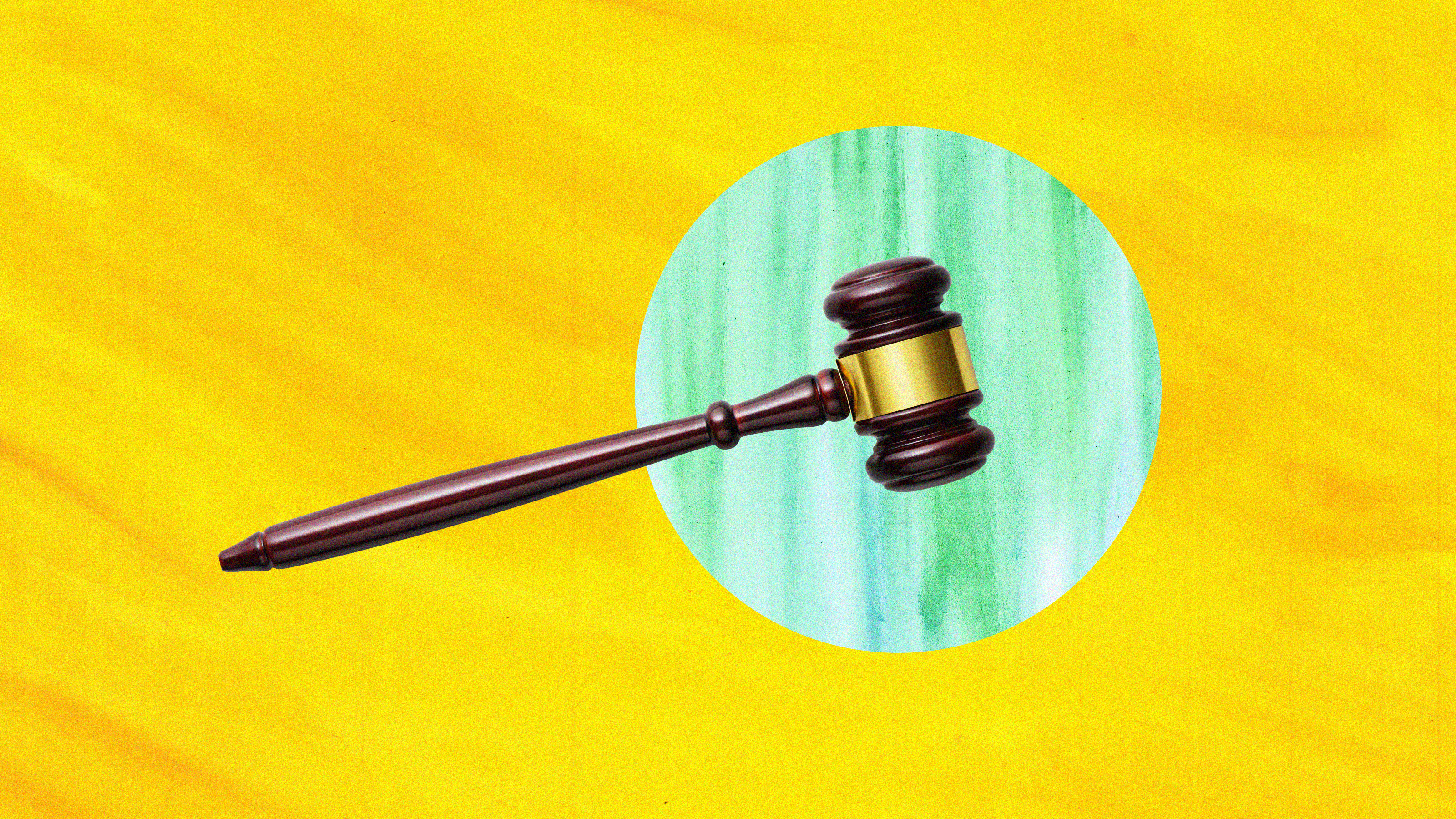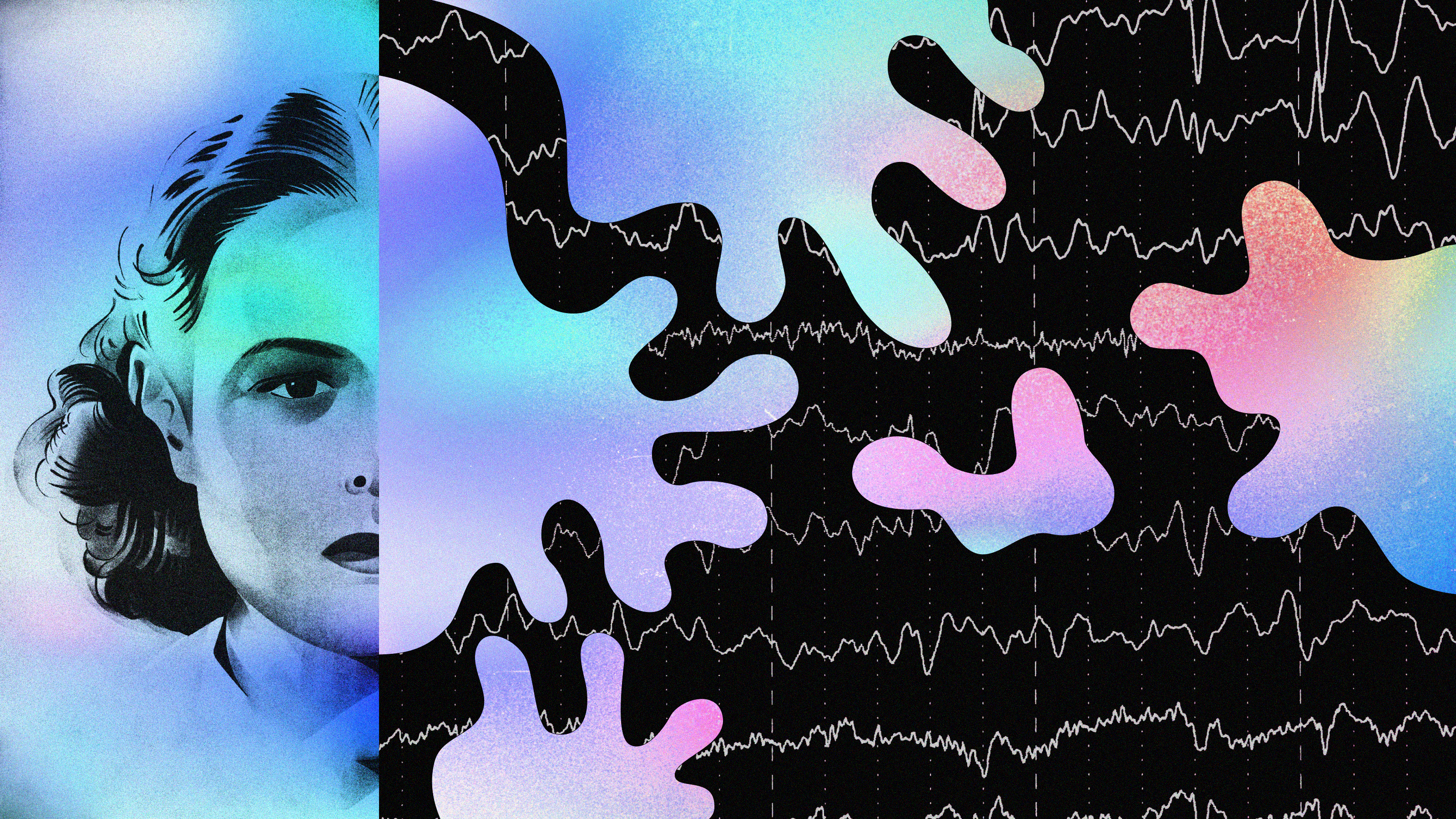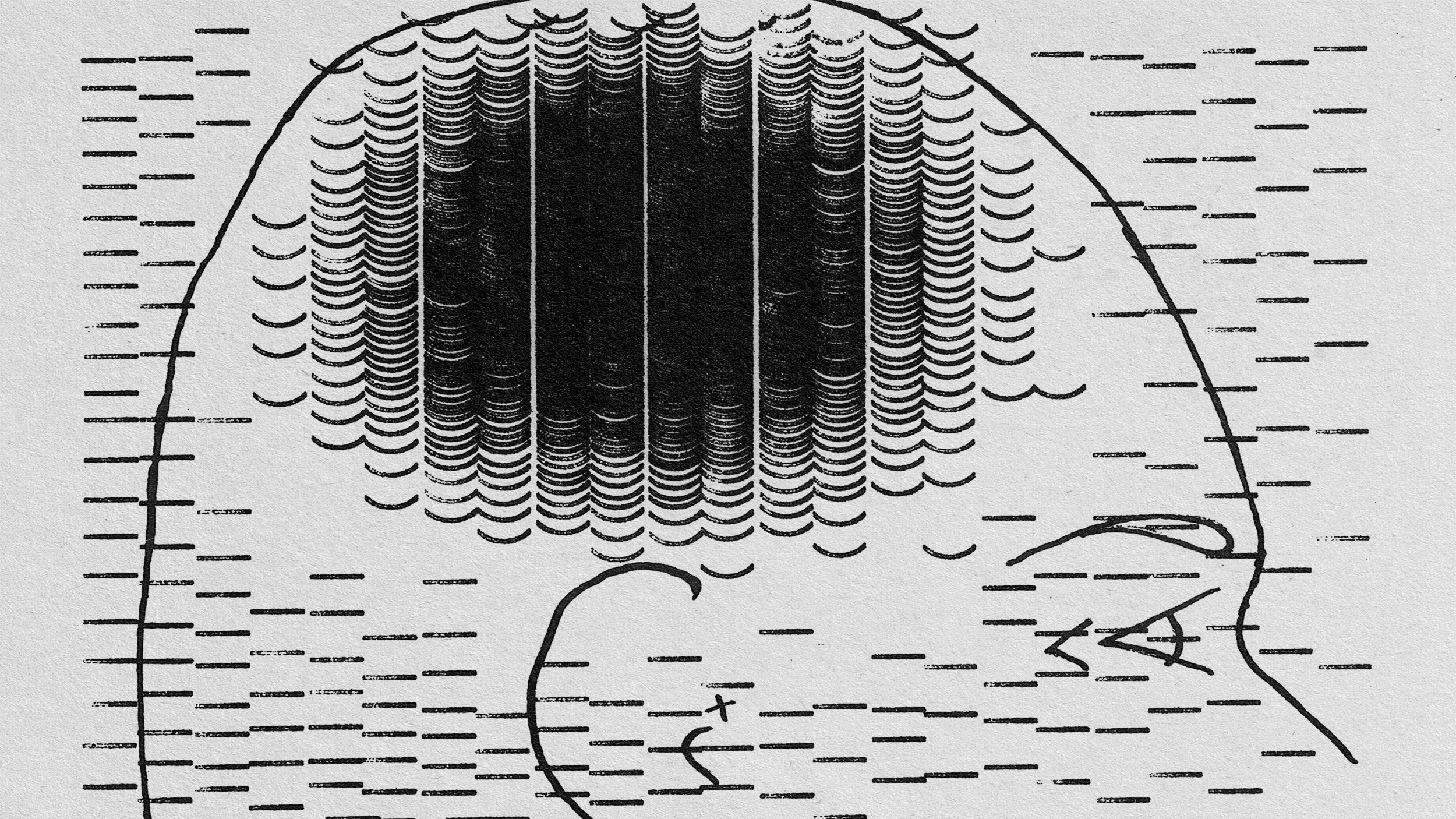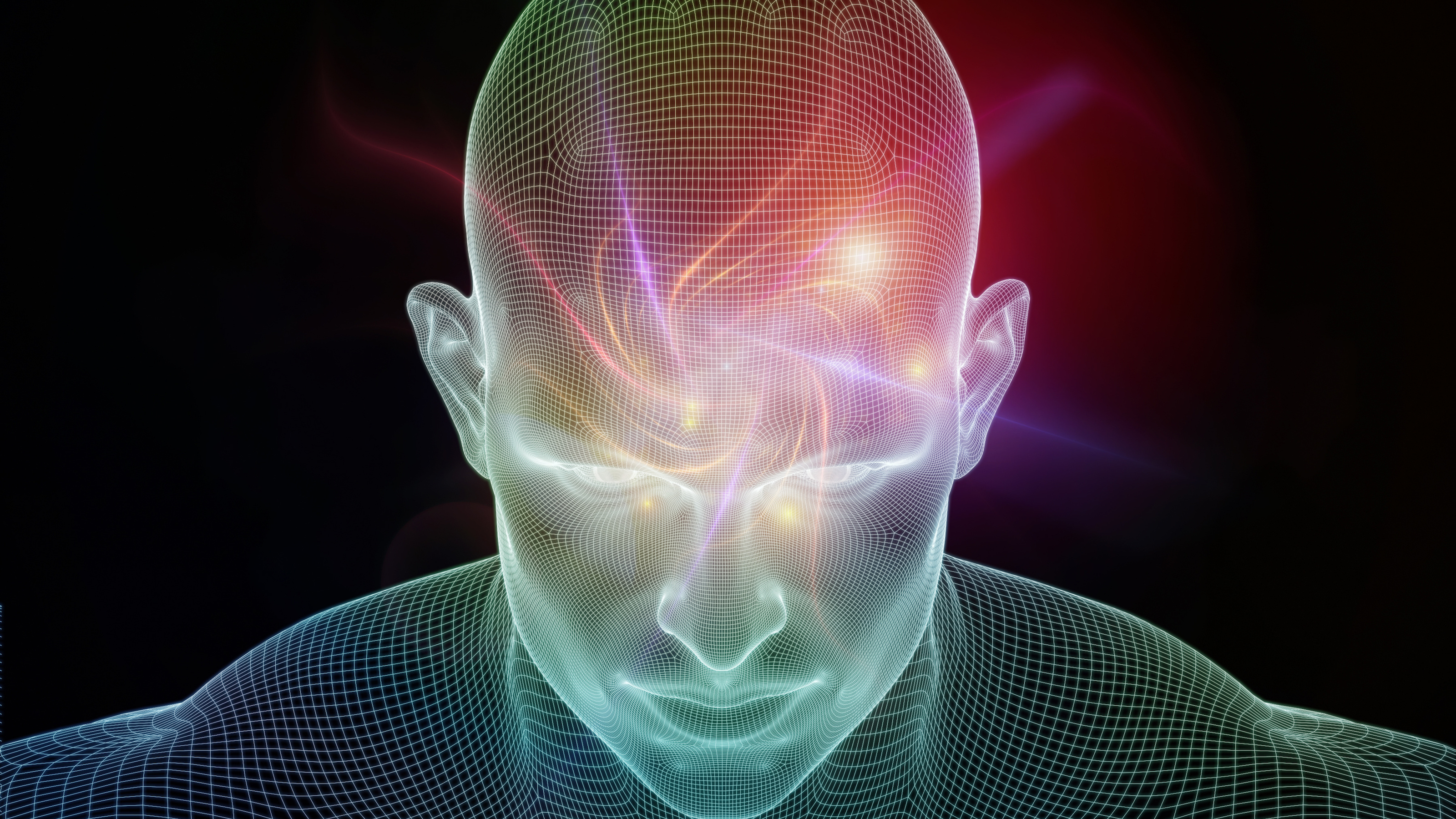How Neuroscience Is Changing the Law

As leading-edge neuroimaging labs use scanners to reveal more and more details about how the brain works, their findings are increasingly affecting other fields as well. The legal system, in particular, is now being forced to assess the potential implications of new information about how issues relating to crime and punishment are processed in the brain.
In 2007, a $10 million grant from the MacArthur Foundation created the Law and Neuroscience Project, a multi-university consortium. Vanderbilt University professor Owen Jones, a leading neurolaw scholar and director of this MacArthur Foundation project spoke with Big Think about the implications of putting the brain on the stand.
“Things are very actively in flux,” says Jones. “Neuroscience is an area of really rapid growth in not only the ability of imaging, but also in the methodological techniques for extracting relevant information from all this data. … The legal system will inevitably lag behind. And in fact often we want that to be the case. The question is how far behind and with what consequences.”
Culling from research and court cases, Jones shared six ways neuroscience is shaping the law:
Third-Party Judging: Researchers are interested in which neural structures and synapses help us decide to dole out punishment or clemency. “How do people actually go about deciding what’s wrong, why is it wrong, who should be punished, and how much they should be punished,” asks Jones. Determining this could have implications that would inform jury selection and perhaps explain punishment biases in sentencing.
Jones and his colleagues conducted a 2008 study that scanned participants with fMRI while they determined the appropriate punishment for crimes that varied in responsibility and severity. The researchers found that activity in the amygdala and areas of the medial cortex predicted the magnitude of punishment while brain activity in the right side of the prefrontal cortex was at work in distinguishing among scenarios of criminal responsibility.
Neural Lie Detection: The 2010 court case U.S. v. Semrau was the first time in federal court a ruling was rendered on whether fMRI-based lie detection could be considered by a jury during a criminal trial. While the court ruled that it wasn’t suitable for introduction in that case, the issue is far from settled, according to Jones: “Lie detection is likely to be something pressing on the edges of the court system, in part because that particular ruling had no precedential value anywhere,” he says. “It is from an entry-level trial court on the federal side, so it doesn’t bind any other federal courts. It also doesn’t have any binding value over any of the state courts, where most criminal trials are held.”
As well, this isn’t simply a matter of courts adopting available technology. Looking for lies in the neural architecture remains an imperfect science. Promising findings that blood oxygenation level-dependent fMRI scans might reveal a lie instead seem to be sensitive to difference between a lie and a truth—a distinction of little help without being able to distinguish which is the lie and which is the truth.
The larger issue, Jones says, is “what would it take, what threshold should one establish ahead of time as here is what it would need to be, here are the features it would need to have, before we would consider it admissible.”
Mental States: “Are some groups—like addicts, like children—more likely when they engage in prohibited behavior to be in one mental state instead of another compared to the average population?” asks Jones, echoing the underlying question driving research that seeks markers in the brain that could signal specific mental states.
“Often in trial what matters is the jury deciding what mental state the defendant was in,” says Jones. “There are typically four sort of rough mental states: purposefulness, knowing that’s not purposeful, recklessness, and then negligence. So it’s possible that addicts, for example, may be more likely than the average population to be in one mental state or another.” Brain-based markers that point toward disposition for one mental state over another might eventually inform how a jury determines the defendant’s mental state in the midst of their crime.
Memory: The accuracy of memories is central to legal process in both civil and criminal courts. When the witness is asked,“Have you seen this face before?,” so much depends on he or she being both confident and accurate in what was seen. By studying the brain’s reaction and retention of images, says Jones, researchers are building a better understanding of what makes memories more or less accurate and detailed.
Neuroscience is also revealing the effect of memory reconsolidation on the accuracy of memory. “Every time we call up a memory, and think about it, we now have a memory of thinking about that memory. And over time those memories can change,” say Jones. In this way, neuroscientists are learning about formation and reformation of neural pathways as memories are recalled again and again, syncing a memory not to a specific time but rather to the intervening period of recall.
The Adolescent Brain: Researchers are also interested in the development of the adolescent brain, says Jones: “How does the adolescent brain sync to behavior the law cares about, things like the ability to reflect on wrongfulness, the capacity to actually choose one course of action over another?”
Such research is directly tied to capacity. The question, Jones says, is whether or not there are ways in which we can use neuroscientific techniques to “meaningfully distinguish those who have a lot of capacity to control their behavior from those who have less”.
The Brain-Based Appeal: On the criminal side, says Jones, brain scans are routinely being introduced in death penalty appeals. This trend has led to interest in applying what we know about the brain in an eventful moment (such as during a crime) to our knowledge of how the brain changes over time. Unlike DNA or fingerprints, the brain can change—and change greatly—as neural pathways strengthen or atrophy with age.
“It is really important to distinguish the brain of somebody who has been on death row for fifteen years from someone who committed the act that put them on death row,” says Jones. “Even if you found a brain abnormality, was that why the person committed the crime or was that the effect of being incarcerated on death row?”
Takeaway
As more and more is learned about the brain, many are wondering whether neuroscience will upset the legal system by fixing blame in neuron clusters while excusing the individual.
“I think that is an exaggeration,” says Jones. “Brain scans provide information about the mechanisms that affect human behavior. We already know there are a lot of mechanisms that affect human behavior,” he says, citing genes, childhood rearing and injuries to the head, among others. “It is only in rare circumstances that we say that the existence of one particular feature or another automatically yields some legal conclusion in the culpability domain. … Those pieces of information may be things that we weigh in the balance, but it is the rare case in which they are likely to be dispositive all by themselves.”
More Resources
— Langleben, D., “Detection of deception with fMRI: Are we there yet?“
— Jones, O. et al. “The Neural Correlates of Third-Party Punishment.”
— Jones, O. et al., Rene, “Brain Imaging for Legal Thinkers: A Guide for the Perplexed.”
—MacArthur Foundation Law & Neuroscience Project





